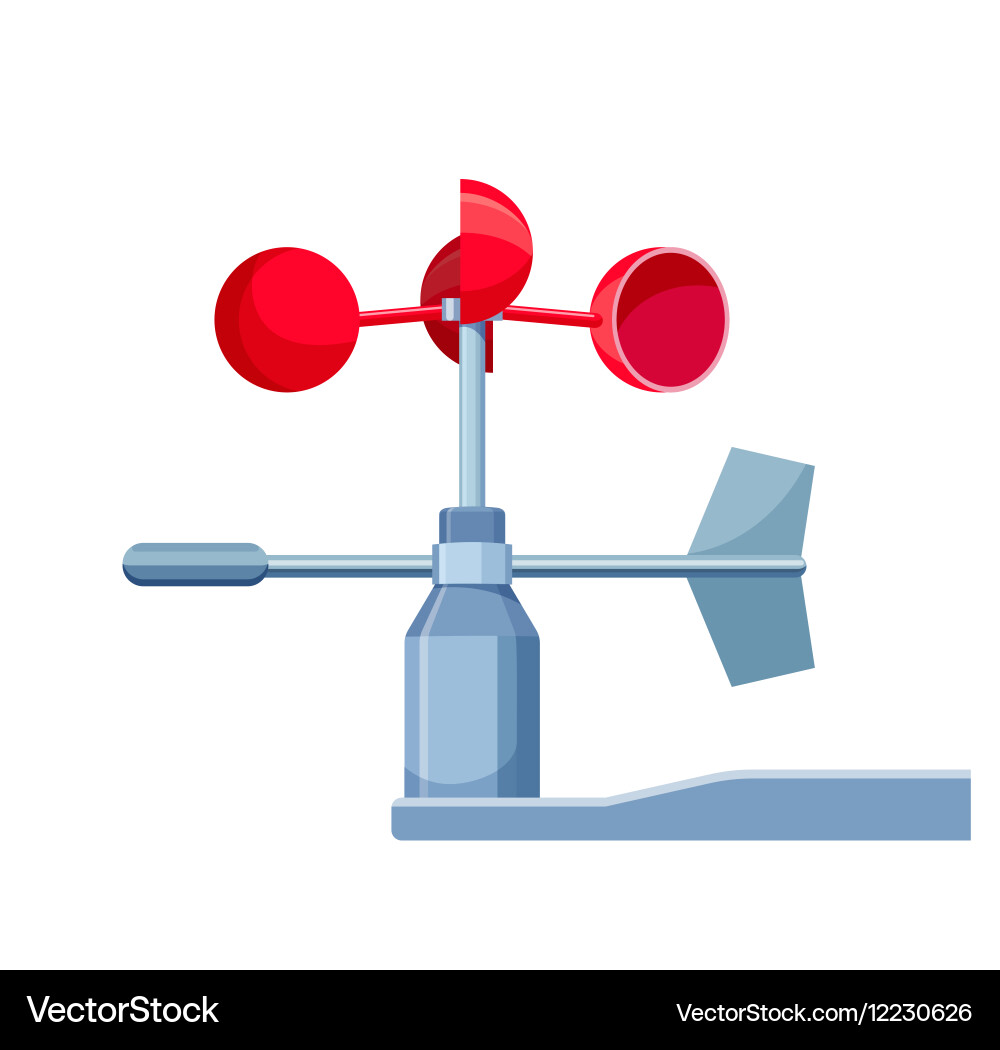Recognizing Different Types of Anemometers for Different Applications
Recognizing Different Types of Anemometers for Different Applications
Blog Article
Exploring the Features and Benefits of Anemometers for Weather Fanatics and Specialists
From cup anemometers to sonic anemometers, each type brings its special collection of applications and advantages, dropping light on different elements of atmospheric conditions. As we delve right into the features and advantages of anemometers, a deeper understanding emerges not just of dominating weather phenomena however likewise of the wider effects for markets like wind power production and environmental study.
Importance of Anemometers in Climate Monitoring
Anemometers play a crucial function in climate monitoring by giving accurate measurements of wind speed, assisting in forecasting and understanding climate patterns. These instruments, ranging from traditional cup anemometers to modern ultrasonic anemometers, are crucial for meteorologists, scientists, and climate enthusiasts alike.

Sorts Of Anemometers and Their Applications
With the important role anemometers play in climate surveillance and projecting, understanding the various sorts of these instruments and their applications ends up being crucial for specialists and enthusiasts in the field. One of the most usual kinds of anemometers include cup anemometers, vane anemometers, hot-wire anemometers, and ultrasonic anemometers. Cup anemometers are composed of three or four cups mounted on horizontal arms that rotate with the wind, gauging its rate. Vane anemometers, on the various other hand, make use of an openly revolving vane to straighten with the wind direction, offering both wind rate and instructions dimensions. Hot-wire anemometers run based upon the concept of convective warm transfer, where the cooling result of the air circulation is measured to determine wind speed. Ultrasonic anemometers utilize ultrasonic audio waves to calculate wind rate and instructions properly.
Mug anemometers are robust and ideal for basic weather surveillance, while vane anemometers are preferred for directional dimensions. Ultrasonic anemometers are non-intrusive and use high precision, typically made use of in research study and specialized weather condition surveillance applications.
Advantages of Making Use Of Anemometers in Projecting
In meteorology, the application of anemometers supplies indispensable benefits for improving the precision of weather condition forecasting. Anemometers determine wind rate and direction, providing crucial information for anticipating weather patterns. By integrating wind data into projecting versions, meteorologists can better recognize the motion of weather condition systems, anticipate modifications in weather, and concern a lot more precise projections.
Furthermore, anemometers play a crucial function in assessing possible weather condition hazards. Keeping useful link track of wind rates assists forecasters anticipate serious weather occasions such as cyclones, additional reading hurricanes, and winter months storms with higher precision. This early warning system makes it possible for authorities to issue timely signals and implement essential precaution, decreasing the dangers to life and residential property.
Furthermore, anemometers help in optimizing renewable power manufacturing. By analyzing wind patterns, meteorologists can identify appropriate areas for wind farms and predict energy output, contributing to the reliable generation of wind power.

Anemometers in Wind Power Production
Offered the critical function anemometers play in giving precise wind data for weather projecting and hazard analysis, their importance includes the world of wind power production. Anemometers are important instruments in the area of wind power, where the measurement of wind speed and instructions is vital for determining the expediency and effectiveness of wind turbine setups. By accurately determining wind rates at varying elevations, anemometers help enhance the placement and style of wind turbines to maximize power output.
In wind farms, anemometers are strategically placed to accumulate real-time wind information that is utilized to analyze the possible power production of a website. This data contributes in establishing the economic viability of wind power jobs and in forecasting energy generation to guarantee grid stability. Additionally, anemometers help in checking wind conditions to maximize turbine performance, prevent damages from high winds, and guarantee the safety and security of employees working in the location of wind generators.
Enhancing Climate Understanding With Anemometers

Anemometers play an essential duty in enhancing our understanding of microclimates. These localized weather can vary dramatically from broader regional projections, making it vital to have exact information for details areas. anemometer. By tactically placing anemometers in numerous locations, researchers can collect thorough info on exactly how wind acts in various terrains, metropolitan click here now atmospheres, or bodies of water
In addition, anemometers add to improving weather condition forecasting versions by supplying real-time data on wind habits. This info is especially useful for predicting extreme weather events, maximizing agricultural practices, and sustaining markets like aeronautics and maritime navigating. On the whole, anemometers are indispensable instruments that allow us to dig much deeper into the intricacies of weather condition systems, ultimately bring about more better-informed choices and exact forecasts.
Final Thought
In verdict, anemometers play an important duty in weather monitoring and forecasting by measuring wind rate and instructions. Anemometers also have applications in wind power production, additional highlighting their relevance in both meteorology and sustainable energy markets.
From mug anemometers to sonic anemometers, each kind brings its unique collection of benefits and applications, shedding light on numerous facets of climatic problems. These tools, varying from typical mug anemometers to contemporary ultrasonic anemometers, are vital for meteorologists, researchers, and weather lovers alike. The most common kinds of anemometers include cup anemometers, vane anemometers, hot-wire anemometers, and ultrasonic anemometers. Mug anemometers are suitable and durable for general weather surveillance, while vane anemometers are favored for directional dimensions. Anemometers are necessary tools in the area of wind energy, where the dimension of wind rate and direction is important for figuring out the expediency and efficiency of wind generator setups.
Report this page